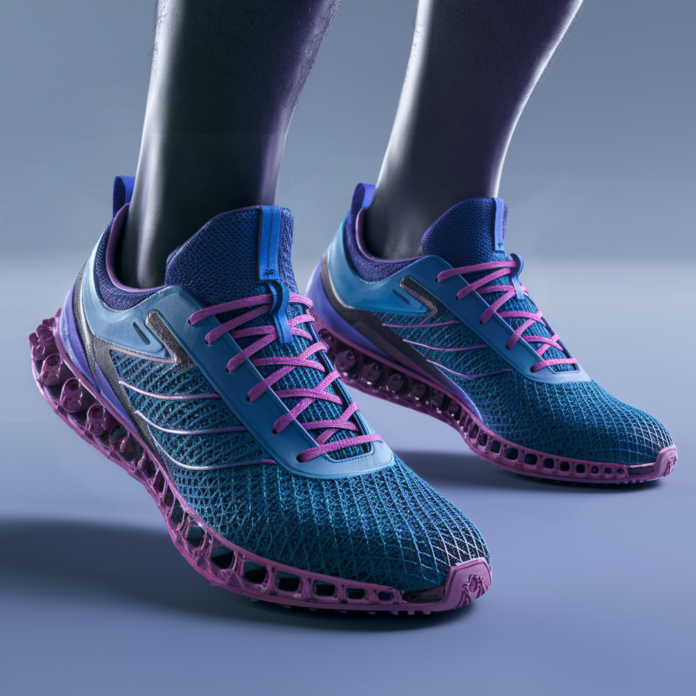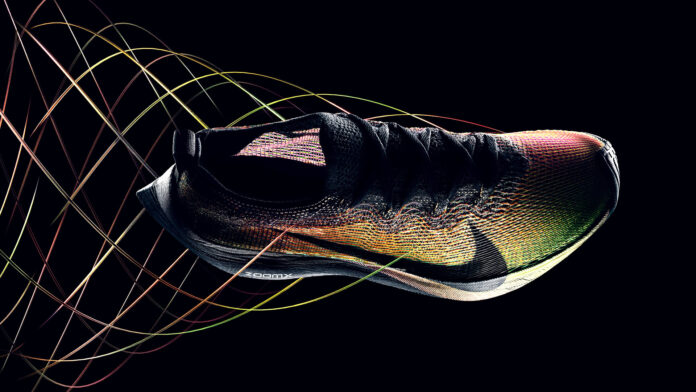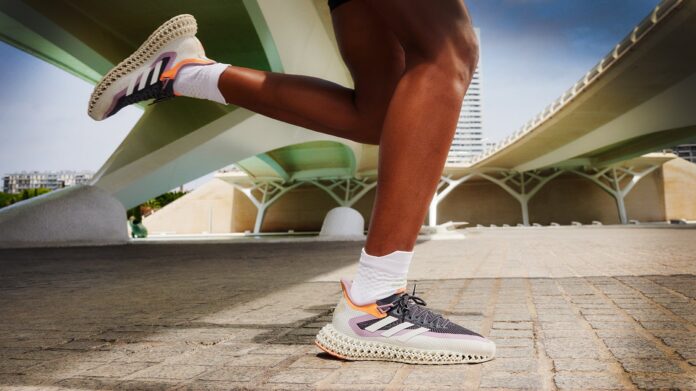The technology of 3D printing has significantly impacted many industries, and the footwear industry is no exception. This cutting-edge technology offers numerous advantages, particularly for athletes who demand high-performance gear.
3D printed shoes provide a perfect blend of innovation, customization, and sustainability. As the technology advances, athletes can expect footwear that not only enhances their performance but also offers unprecedented levels of comfort and durability.
In this article, we will explore the various benefits of these shoes for athletes, focusing on how this technology is revolutionizing the design, production, and functionality of athletic footwear.
Enhanced Customization

One of the most significant benefits of 3D printed shoes for athletes is the ability to customize footwear to an individual’s exact specifications. Traditional manufacturing methods often rely on standard sizes, which may not provide the perfect fit for every athlete. 3D printing allows for the creation of shoes tailored to the unique shape of an athlete’s foot.
This customization can significantly enhance comfort, support, and performance. By using a digital model, manufacturers can produce shoes that accommodate the specific anatomical needs of each athlete, ensuring a snug and precise fit that minimizes the risk of injury and maximizes performance.
Do you know that in 2013, the first fully functional 3D printed shoe was created by designer Janne Kyttanen, showcasing the potential of 3D printing in footwear design?
Improved Performance
The performance benefits of these shoes are substantial. The technology enables the creation of intricate lattice structures and unique designs that traditional manufacturing methods cannot achieve. These designs can improve the shoe’s flexibility, stability, and overall performance.
Adidas’ 4DFWD shoes feature a 3D printed midsole that adapts to the wearer’s movements, providing optimal cushioning and support.
Some companies also use smartphone apps to scan customers’ feet and create a digital model for 3D printing custom shoes, ensuring a perfect fit without the need for in-person measurements.
This adaptive design helps athletes achieve better performance by enhancing their natural movements and reducing strain on their joints and muscles.
Rapid Prototyping

Another advantage of these shoes is the speed at which new designs can be developed and tested. Rapid prototyping allows manufacturers to quickly create and iterate on shoe designs, reducing the time from concept to production. This agility is particularly beneficial in the sports industry, where staying ahead of the competition is crucial.
With 3D printing, designers can experiment with new ideas and materials, making adjustments in real-time based on athlete feedback. This process not only accelerates innovation but also ensures that the final product meets the highest standards of performance and quality.
Sustainability
Sustainability is an increasingly important consideration for athletes and consumers alike. 3D printing offers several environmental benefits that make it an attractive option for producing athletic footwear.
The additive manufacturing process used in 3D printing generates less waste compared to traditional methods, as it builds the shoe layer by layer using only the necessary amount of material. This approach reduces material waste and conserves resources.
These shoes can also be produced locally, reducing the carbon footprint associated with shipping and distribution. Companies like Adidas and Nike are already incorporating sustainable practices into their 3D printed shoe lines, demonstrating a commitment to reducing their environmental impact.
Some interesting facts

Nike’s Flyprint, for example, is the first 3D printed textile upper used in performance footwear. This innovation resulted in a shoe that is 11 grams lighter than its predecessor, the Zoom Vaporfly Elite.
3D printing can significantly reduce waste. For example, the American startup Feetz claims to use 60% less material than traditional shoe manufacturing methods.
Material Innovation
The development of new materials suitable for 3D printing has opened up exciting possibilities for athletic footwear. These materials are designed to offer superior durability, flexibility, and comfort.
For example, Thermoplastic Polyurethane (TPU) is a popular choice due to its excellent properties, such as high elasticity and resistance to abrasion. TPU’s flexibility makes it ideal for creating midsoles and other shoe components that require a balance of support and comfort.
As material science advances, we can expect even more innovative and high-performance materials to emerge, further enhancing the benefits of these shoes for athletes.
Cost Efficiency
While the initial investment in 3D printing technology can be high, the long-term cost benefits are significant. Traditional shoe manufacturing requires expensive molds and tooling, which can be a financial burden, especially for smaller companies. 3D printing eliminates the need for these costly tools, making it a more cost-effective solution in the long run.
The ability to produce shoes on-demand reduces the need for large inventories and minimizes storage costs. This cost efficiency allows manufacturers to offer high-quality, customized shoes at competitive prices, making advanced footwear technology accessible to a broader range of athletes.
Innovative Design Possibilities

3D printing technology grants designers unprecedented freedom to experiment with complex geometries and intricate details that were once impossible to achieve. This innovation has led to the creation of shoes that are not only functional but also aesthetically unique.
Designers can incorporate features such as lightweight lattice structures, breathable mesh patterns, and integrated support systems directly into the shoe’s design. These advancements not only enhance the shoe’s performance but also push the boundaries of what is possible in athletic footwear design.
Conclusion
3D printed shoes represent a significant advancement in athletic footwear, offering numerous benefits that traditional manufacturing methods cannot match.
Enhanced customization, improved performance, rapid prototyping, sustainability, material innovation, cost efficiency, and innovative design possibilities are just some of the advantages that make these shoes an attractive option for athletes.
As the technology continues to evolve, we can expect even more breakthroughs that will further revolutionize the industry and provide athletes with the best possible footwear.
Embracing 3D printing in the production of athletic shoes not only meets the modern demands of customization and sustainability but also sets the stage for a more dynamic and responsive market. The future of athletic footwear is undoubtedly being shaped by the capabilities of 3D printing, promising a new era of innovation and excellence in sports gear.







